Global Superstitions
Dive into the fascinating world of global superstitions! This blog explores hundreds of beliefs, rituals, lucky charms, and unlucky omens from diverse cultures across the globe. Discover why people avoid black cats, knock on wood, or carry specific talismans. Join us as we unpack the history, psychology, and cultural significance behind these intriguing practices.
01 Jan 0001
Cutting Hair or Nails at Sea: A Superstition Rooted in Ancient Beliefs

The superstition that cutting one’s hair or nails while at sea brings bad luck is a long-standing belief with roots stretching back to ancient times. This seemingly peculiar prohibition stems from complex interwoven ideas regarding personal essence, magical vulnerability, and appeasement of the gods. Understanding the origins and evolution of this superstition provides valuable insights into the maritime culture of the past.
In the Middle Ages, hair and nail clippings were believed to retain a tangible link to the person from whom they originated. This wasn’t just a symbolic connection; the belief was that hair and nails, seemingly growing even after being detached, held a certain life force of their own. This perceived vitality made them potent components in both benevolent and malevolent magic. Witches, for example, were thought capable of inflicting harm on an individual by cursing their hair or using nail clippings in spells. Conversely, these clippings could also serve as valuable offerings during times of extreme hardship. The act of sacrificing a part of oneself, such as hair or nails, was seen as a way to appease the gods, with the hope that they would grant continued life and safety.
01 Jan 0001
Denying a Pregnant Woman's Cravings Is a Superstition Thought to Cause Birthmarks on the Child.
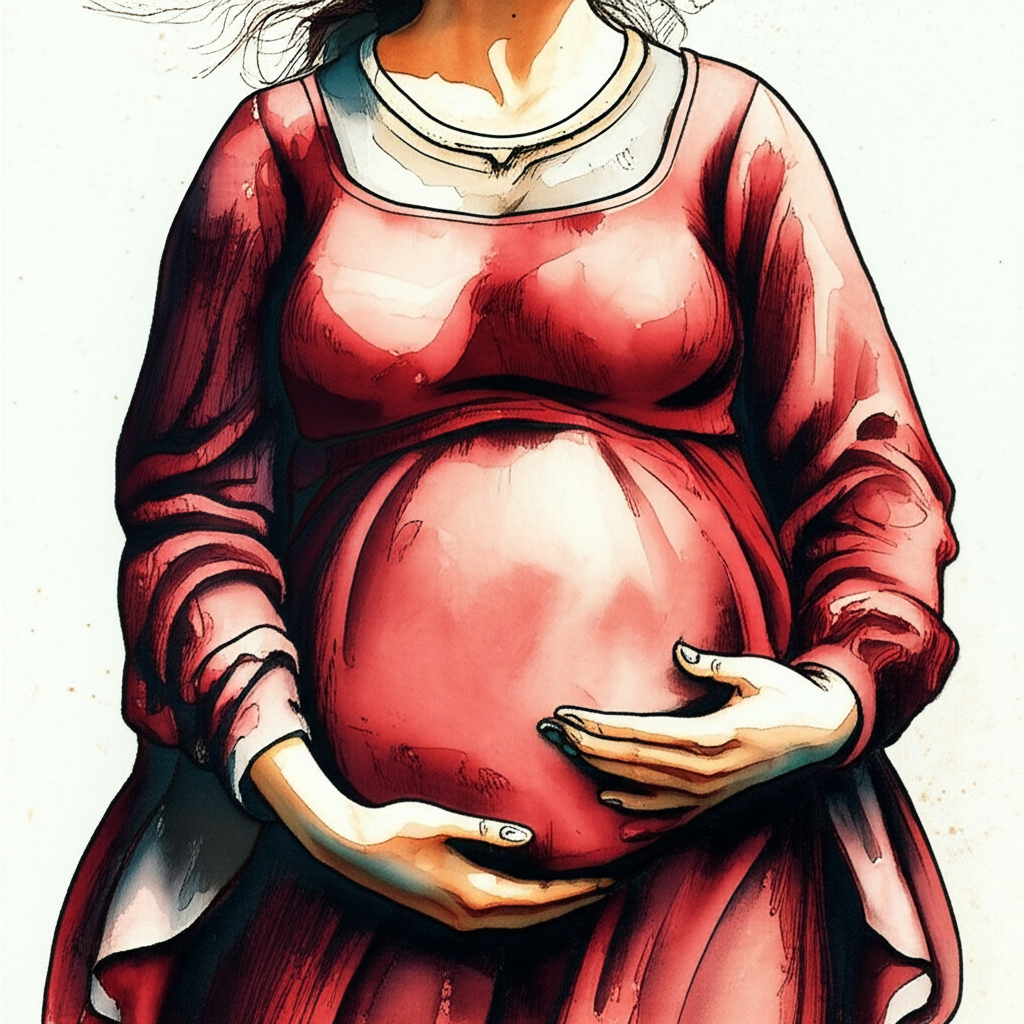
The superstition that it is unlucky to deny a pregnant woman her cravings stems from a historical belief that doing so could result in the child being born with physical markings or birthmarks. While often humorously regarded today as a matter of self-preservation due to a pregnant woman’s heightened emotions, its origins lie in much older and deeply rooted cultural and religious beliefs.
The earliest known documentation of this superstition can be traced back to the 1507 translation of the medieval manuscript, The Distaff Gospels. In this text, two wise women cautioned against discussing unavailable foods in the presence of a pregnant woman, fearing it would lead to the child being ‘marked.’ This sentiment was echoed by Lady Abonde du Four, who claimed that throwing certain substances, such as cherries, strawberries, or red wine, at a pregnant woman could similarly result in birthmarks on the child.
01 Jan 0001
Dreaming of a Lizard: A Superstition Signifying Hidden Enemies

Many superstitions passed down through generations involve prophetic omens. In times when people believed their life paths were predetermined, methods for divining future events flourished, with dreams being a rich source of interpretation. Among these interpretations, the belief that dreaming of a lizard signifies the presence of a secret enemy holds a prominent place.
The historical roots of dream interpretation extend far back in time. A Saxon manuscript from around 1050, documented in Oswald Cockayne’s Leechdoms (1866), lists various dreams and their meanings, illustrating the practice’s early presence. Dream analysis held a similar popularity to other fortune-telling methods, such as tarot cards, palmistry, and tea-leaf reading, offering a sense of preparedness for the future, even if one could not alter it. Omens foretelling bad luck or upcoming conflict were particularly valued, allowing individuals to feel forewarned and, therefore, potentially forearmed.
01 Jan 0001
Evil Spirits Cannot Harm a Person Standing Inside a Circle: A Superstition Explained

The belief that evil spirits are powerless against a person standing inside a circle is a widespread superstition with deep roots in ancient magic, religious beliefs, and folk traditions. This seemingly simple concept encompasses a complex history spanning millennia and various cultures.
Historical Background: The idea of the circle as a protective barrier dates back to ancient civilizations. The Babylonians, Assyrians, and early Kabbalists are known to have employed circles in their magical practices, considering them havens during incantations. They believed that these circles, physically created with materials like salt, chalk, or dust, transcended the physical realm to become metaphysical shields, offering protection from all directions. This suggests a primal understanding of the circle as a symbol of containment and defense against unseen forces.
01 Jan 0001
Friday the 13th: Exploring the Origins and Evolution of an Unlucky Superstition

The superstition that Friday the 13th is an unlucky day persists even among those who consider themselves rational. Activities such as moving to a new home, starting a new job, or getting married on this date are often avoided, reflecting a deep-seated belief in its ill-fated nature. While many assume this superstition has ancient roots, historical evidence suggests it is a relatively modern construct, formed from the convergence of two much older beliefs.
01 Jan 0001
Giving Knives or Scissors as Gifts is Considered Bad Luck, Symbolizing Severed Relationships.

The superstition surrounding knives and scissors as gifts is a deeply rooted belief that transcends cultures and centuries. The core idea is that presenting someone with a sharp object like a knife or a pair of scissors will inevitably sever the relationship between the giver and the recipient. Understanding this superstition requires delving into its historical context, cultural interpretations, and its evolution over time.
Historical Background: One of the earliest documented accounts of this superstition can be traced back to medieval Europe. A valuable source for understanding such beliefs is a 15th-century French manuscript titled Les Évangiles des Quenouilles (The Gospel of the Distaff), circa 1470. This document, compiled from the wisdom of six peasant women, provides a rare glimpse into the folklore of the time. Before this period, such knowledge was primarily transmitted orally, making Les Évangiles des Quenouilles a crucial record of medieval beliefs. A 1507 English translation, The Gospelles of Dystaues or The Distaff Gospels, further disseminated these superstitions, including the one concerning sharp objects as gifts.
01 Jan 0001
Holding Your Breath When Passing a Cemetery: Exploring the Origins and Evolution of the Superstition

Graveyards, as places of interment and remembrance, have long been associated with a variety of superstitions. Among these, the practice of holding one’s breath when passing a cemetery is a particularly enduring example, reflecting a complex interplay of practical concerns and spiritual beliefs. This article delves into the origins, evolution, and modern interpretation of this widespread superstition.
Historical Background
The roots of the superstition can be traced back to ancient cultures, where burial rites held significant importance. Initially, the rituals surrounding burial grounds were considered sacred duties rather than superstitions. The practice of holding one’s breath likely emerged from a combination of pragmatic health concerns and spiritual beliefs. While early societies lacked a scientific understanding of infectious diseases, the unpleasant odor emanating from decomposing bodies led them to intuitively avoid inhaling what they perceived as harmful vapors. Covering the mouth, therefore, became a customary practice to minimize exposure to these perceived dangers.
01 Jan 0001
Horseshoes: A Superstition Rooted in History and Culture

Horseshoes, often seen adorning doorways worldwide, are widely believed to possess protective powers against evil. This superstition boasts a rich history, interwoven with religious beliefs, pagan symbolism, and folklore. Examining its origins and evolution reveals how the horseshoe has transitioned from a ward against malevolent forces to a symbol of good luck.
The legend of St. Dunstan, a 10th-century blacksmith monk who later became Archbishop of Canterbury, is a prominent source of this superstition in the Western world. The tale, popularized in Edward G. Flight’s 1871 work, The True Legend of St Dunstan and the Devil, recounts Dunstan’s encounter with the Devil, who requested horseshoes for his own cloven hooves. Dunstan, recognizing his customer, inflicted excruciating pain upon the Devil by driving nails into the sensitive part of his hooves. This act supposedly deterred the Devil from ever approaching a horseshoe again, thus establishing the horseshoe’s association with protection.
01 Jan 0001
Itching Palms: Exploring the Superstition of Money and Avarice
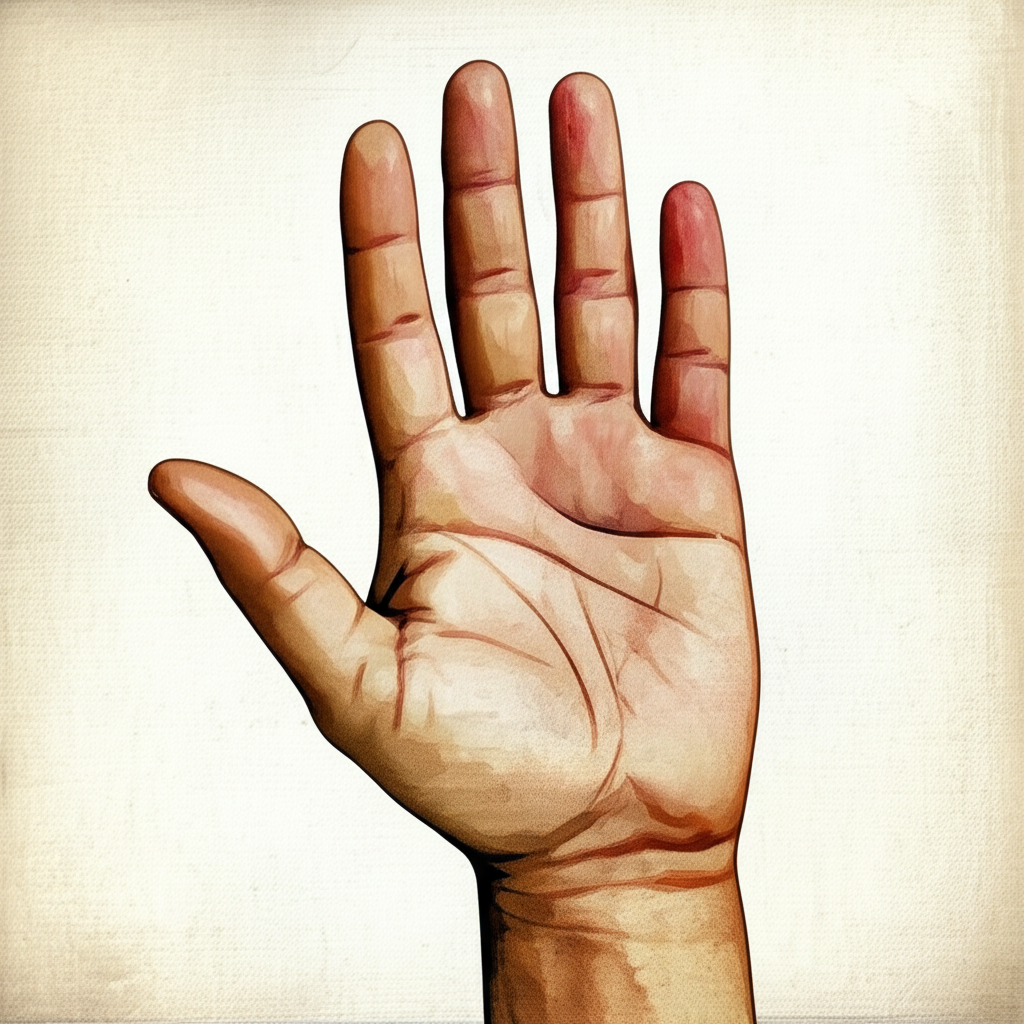
The superstition of itching palms, a belief rooted in folklore and historical practices, persists in various forms even today. It centers around the sensation of an itch on the palm of the hand and interprets it as a sign of impending financial fortune or misfortune, depending on the specific palm and the era.
Historically, some sources trace the origin of this superstition back to Anglo-Saxon medicinal practices. Silver, known for its antimicrobial properties, was used to treat skin ailments. The first documented medicinal use of silver dates back to the eighth century, when silver filings were used to purify blood and ease heart palpitations. By the twelfth century, the Old English word ‘seolfor’ had evolved into ‘silver,’ and its use in medicine became widespread. Modern science confirms the anti-bacterial qualities of the silver ion, and it’s still utilized in wound dressings, particularly with the rise of antibiotic-resistant infections such as MRSA. Whether or not the connection is real, the association of silver with healing and perhaps wealth through trade could have laid some foundation for the belief.
01 Jan 0001
Killing a Swallow: Exploring the Superstition and its Historical Roots
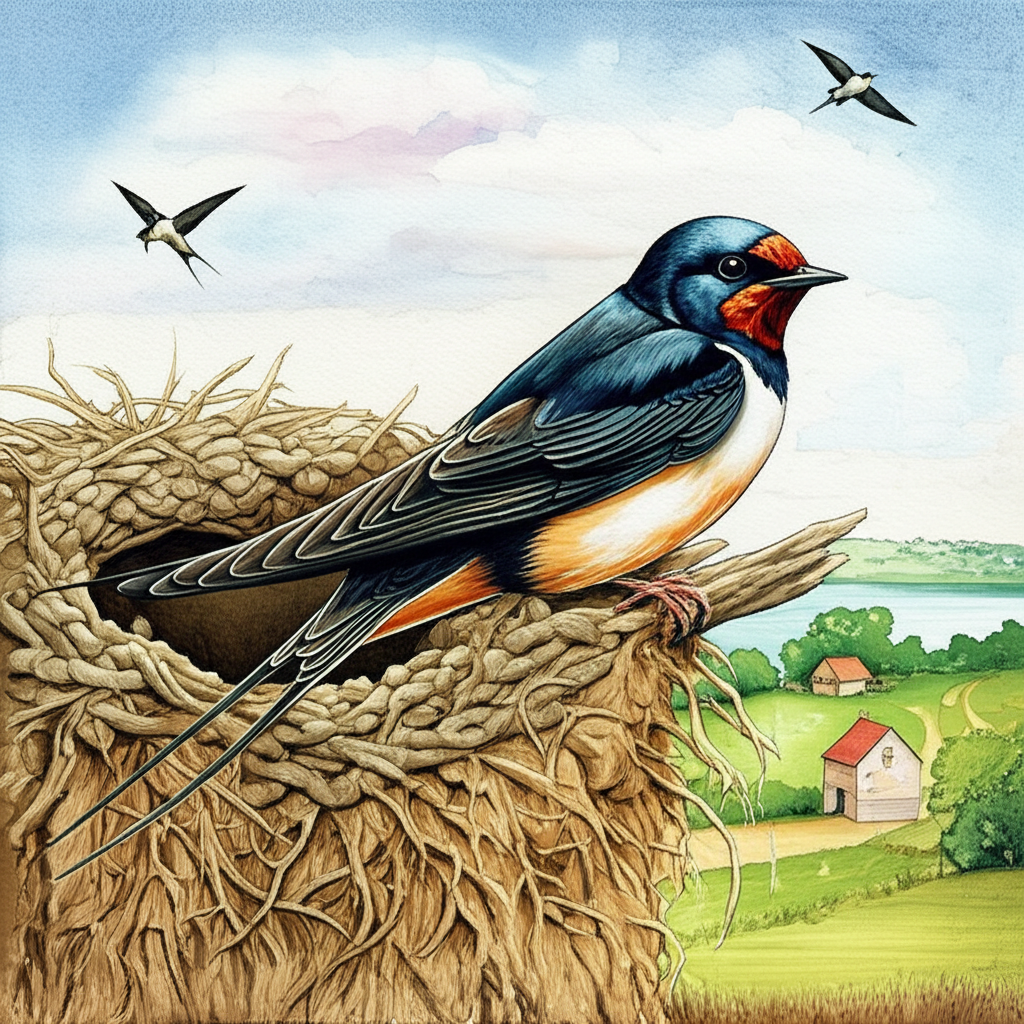
The superstition against killing a swallow is a widespread belief found across various cultures, deeply rooted in historical and folkloric traditions. While modern perspectives may view swallows as simply another bird species, particularly in urban settings where their nests can be seen as a nuisance, many still adhere to the notion that harming a swallow brings bad luck. This belief, far from being a recent phenomenon, has a rich and complex history.
01 Jan 0001

This longstanding superstition, prevalent among seafaring communities, dictates that killing an albatross or gull is unlucky because these birds are believed to harbor the souls of sailors lost at sea.
The roots of this superstition can be traced to the ancient concept of metempsychosis, or the transmigration of souls into other living beings. In Western cultures, particularly in coastal regions, a common belief held that upon death, a person’s soul could inhabit the body of a bird. This idea was deeply ingrained within maritime folklore.
01 Jan 0001
Knock on Wood: Exploring the Origins and Evolution of a Common Superstition

The practice of knocking on wood or saying “Touch wood” to avert bad luck is a widespread superstition with roots that stretch back centuries. This seemingly simple act is believed to prevent misfortune or ensure the continuation of good fortune, but its origins are shrouded in a mix of ancient beliefs, folklore, and potentially, even children’s games.
The most commonly cited explanation for the superstition lies in ancient pagan beliefs surrounding tree spirits. In many cultures, trees, particularly oak trees, were considered sacred dwellings of spirits or deities. Some traditions believed in wood sprites called dryads or tree spirits that inhabited these trees. The Druids, for example, venerated trees and believed these spirits possessed powers of divination and could offer protection against malevolent forces. Touching a tree, therefore, was a way to connect with these spirits and invoke their assistance.
01 Jan 0001
Leaving an Empty Rocking Chair in Motion: A Superstition Explained
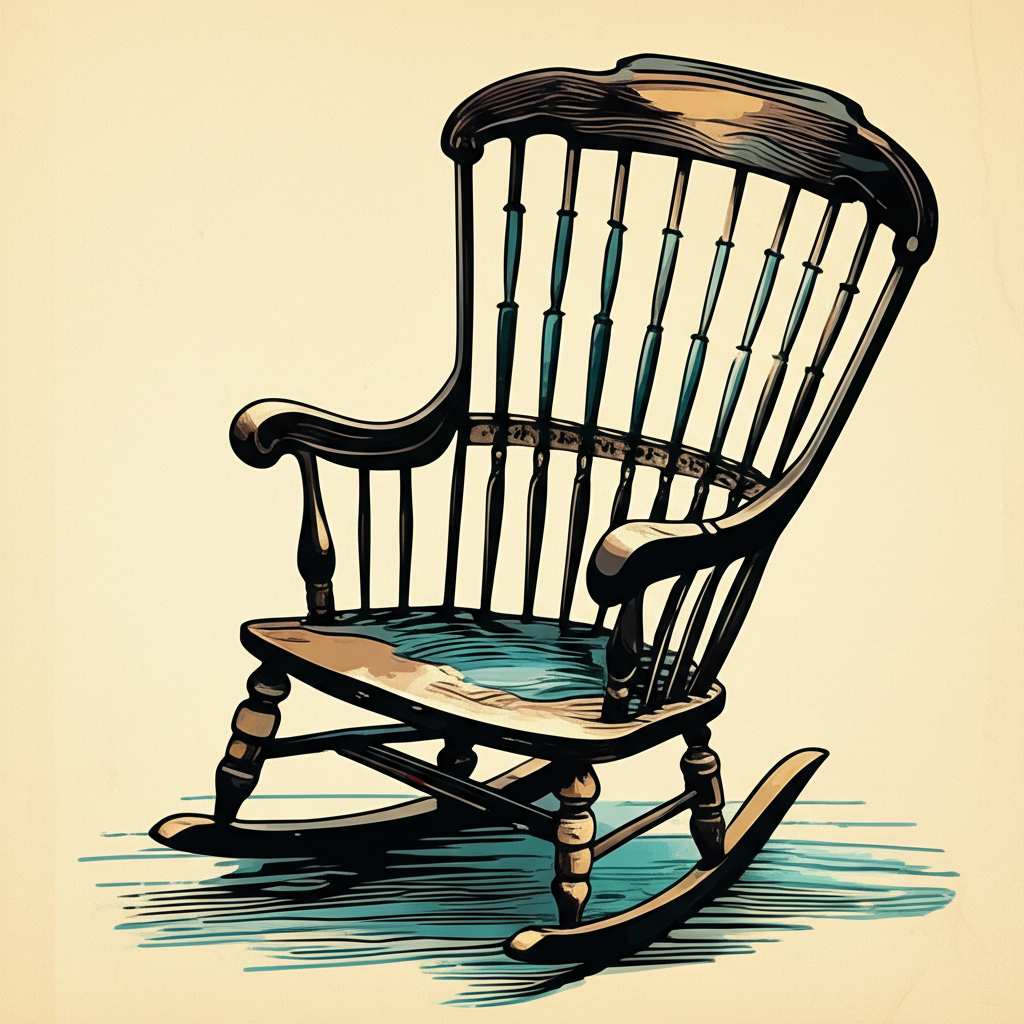
The superstition surrounding rocking chairs dictates that one should never leave an empty rocking chair rocking. Rooted in historical beliefs about spirits and witchcraft, this seemingly simple rule carries a weight of cultural significance that has evolved over centuries.
Historical Background
The rocking chair, a relatively late invention appearing in England around 1725, quickly became associated with the elderly and, perhaps surprisingly, witches. This association stems from the 18th-century’s deep-seated belief in the close proximity of the living and the dead, with many people convinced of the existence of ghosts. It was widely believed that the souls of the deceased would frequently visit their former homes. These spirits were often thought to occupy places of comfort and familiarity, including the rocking chairs they had favored in life. The unexplained rocking of an empty chair became a perceived sign of haunting, solidifying the rocking chair’s presence in ghost stories as an object that creaks and moves on its own.
01 Jan 0001
Letting Milk Boil Over: Exploring the Superstition and Its Historical Roots

The belief that it is bad luck to let milk boil over is a superstition with roots in both practical necessity and ancient beliefs about the interconnectedness of life. This seemingly simple kitchen mishap carries symbolic weight, reflecting concerns about resource scarcity and the health of livestock.
Historically, milk held significant importance as a dietary staple, especially during the Middle Ages. Without modern refrigeration, its perishability meant that only essential quantities were kept. Consequently, allowing milk to boil over, resulting in waste, was naturally viewed unfavorably. This practical concern, however, is only part of the story; the superstition also stems from much older and more profound cultural ideas.
01 Jan 0001
Lighted Candles and Evil Spirits: Exploring the Superstition's Origins and Interpretations

Candles, with their flickering flames and symbolic light, have long held a place in human spirituality and superstition. The belief that lighted candles can attract or repel evil spirits is a widespread and enduring one, steeped in history, folklore, and religious tradition.
Historical Background: From Pagan Rituals to Religious Significance The association of candles with spiritual activity predates Christianity. Ancient pagan ceremonies utilized candles, and in late Egyptian practices, individuals stared into candle flames before sleep, hoping to gain truthful insights in their dreams. By the 12th century, candles became integrated into religious traditions, appearing on church altars and during blessings. This marked a significant shift from purely ritualistic uses to a more formalized religious context.
01 Jan 0001
Lightning Will Never Strike a House with a Burning Fire: Exploring the Superstition

Lightning, a dramatic display of nature’s power, has been a source of awe and fear throughout history, giving rise to numerous cultural beliefs and superstitions. One such superstition claims that lightning will never strike a house with a burning fire, a belief rooted in religious symbolism and attempts to appease divine forces.
Historically, lightning held significant meaning across various cultures. In ancient Rome, lightning bolts were seen as the javelins of Jove, the king of the gods, who used them to punish sinners. Jove’s eagle was said to carry these fiery bolts, capable of striking down individuals or even entire armies. Similarly, many native American and African legends feature thunderbirds, powerful mythical creatures associated with thunder and lightning. In South Africa, the Umpundulo, a thunderbird, was believed to peel bark from trees with its blazing talons, with its feathers emitting lightning and its wings generating thunder.
01 Jan 0001
Loose or Broken Shoelaces: A Superstition Rooted in History and Folklore

The superstition surrounding loose or broken shoelaces extends beyond the simple inconvenience of a potential tripping hazard, weaving through history, cultural beliefs, and evolving interpretations. This essay explores the origins, development, and modern understanding of this enduring belief.
The perception that stumbling or tripping is an omen of impending misfortune dates back to ancient Rome. In 45 BC, the Roman philosopher and statesman Cicero, in his work De Divinatione, included ‘stumbling, breaking a shoe-latchet, and sneezing’ among events noted with superstitious significance. Legend further attributes the superstition to the Roman Emperor Augustus, who purportedly stumbled on his caligae sandal laces while escaping an assassination attempt, narrowly avoiding death. This association cemented the distrust of untied shoelaces as a harbinger of potential danger.
01 Jan 0001
Magpies: Exploring the Superstition of One for Sorrow, Two for Joy

The superstition surrounding magpies, encapsulated in the rhyme “One for sorrow, two for joy,” remains a widespread belief, assigning fortune based on the number of magpies sighted. This article delves into the history, cultural context, and evolution of this enduring superstition.
The belief associating magpies with fortune has roots stretching back to at least the nineteenth century, where the quantity of magpies observed was interpreted as a direct predictor of future events. This practice stemmed from a longer verse, often recited as: “One for sorrow, two for joy, three for a girl, four for a boy, five for silver, six for gold, seven for a secret never to be told.” Although the poem does not explicitly name the magpie, it is widely understood to reference this particular bird, with the superstition occasionally extended to crows and other corvids in regions where magpies are less common.
01 Jan 0001
Moonlight Superstition: Historical Beliefs and Modern Interpretations of Lunar Influence
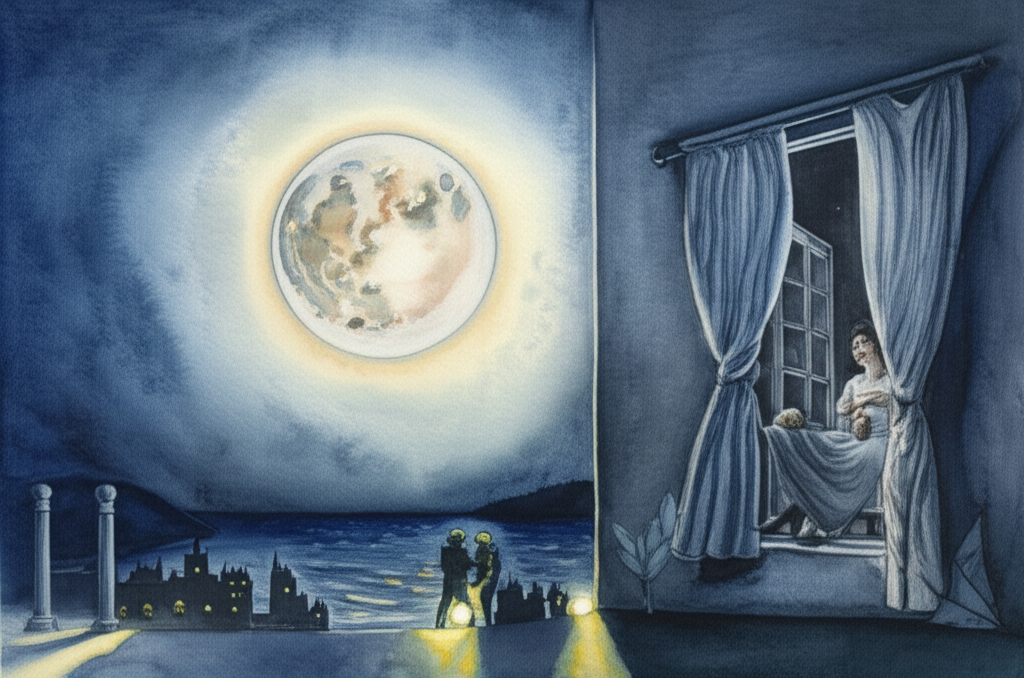
From ancient civilizations to modern times, the moon, as the closest and most prominent celestial body in the night sky, has captivated humanity and fostered a variety of superstitions. These beliefs often stem from observations of the moon’s cycles and their perceived influence on earthly phenomena, particularly water and human behavior.
Historically, many cultures believed that the moon controlled all the water on Earth, including the fluids within living beings. This concept extended beyond the oceans, suggesting a direct link between lunar phases and human well-being. The term ’lunatic,’ derived from the Latin ’lunaticus’ meaning ‘moonstruck,’ reflects this belief. It was used to describe individuals who exhibited temporary madness supposedly triggered by the full moon. The word ’lunatic’ was in use in English from the early fourteenth century. William Langland’s 1393 allegorical poem, ‘Piers Plowman,’ mentions ‘Lunatic lollers and lepers about,’ illustrating the contemporary association of madness with the moon’s phases.
01 Jan 0001
Never Cut an Elder Tree: Exploring the Superstition and its Roots
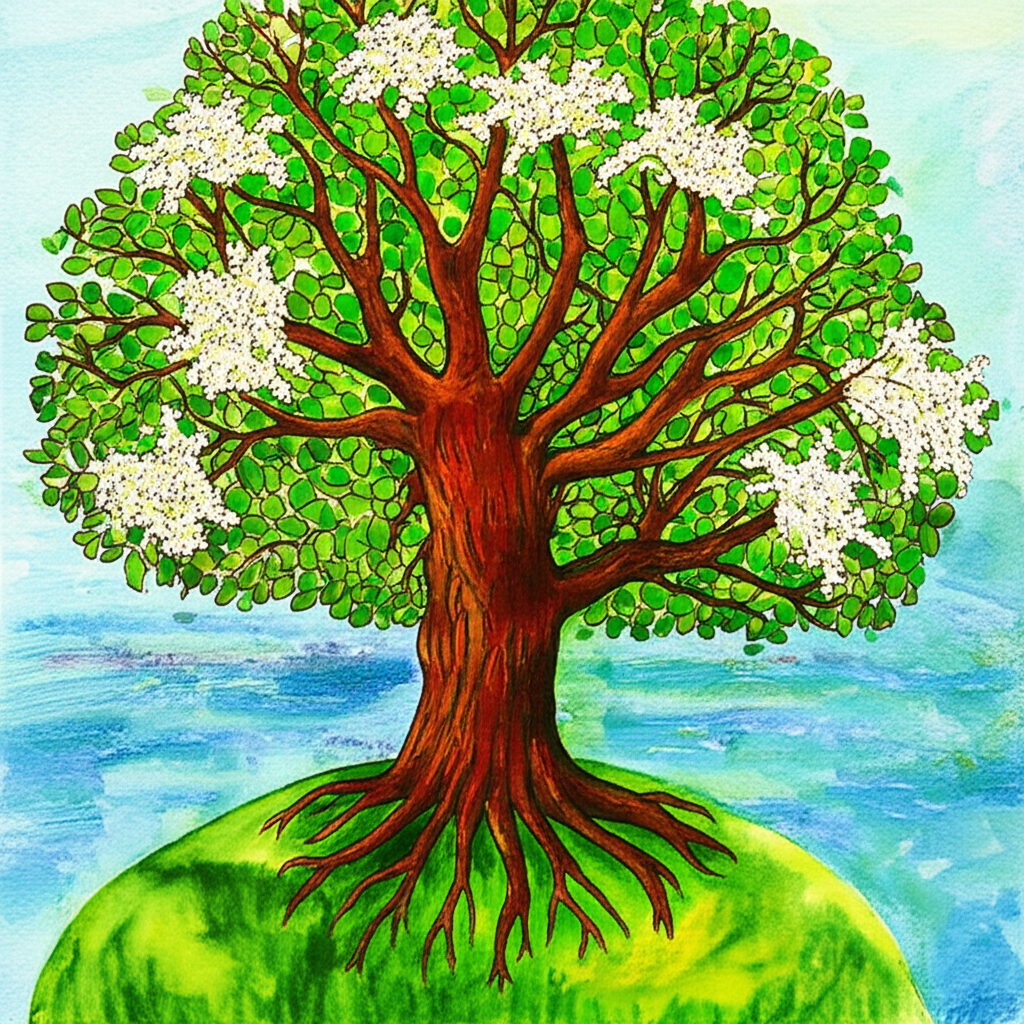
The superstition surrounding the elder tree, specifically the belief that it should never be cut down, is deeply rooted in folklore, history, and cultural beliefs across Europe. This widely held conviction stems from a complex interplay of pagan traditions, Christian interpretations, and the elder’s multifaceted symbolic associations.
The elder tree’s reverence in pagan folklore predates Christianity. It was regarded as having magical powers and the ability to ward off evil. As a symbol embodying the natural cycle of life, death, and rebirth, its blossoms were incorporated into the Beltane May fire festival, and its branches were used in blessings and rituals. Furthermore, the elder was a vital resource in herbal medicine. Its flowers, bark, and berries were all valued for their restorative properties and utilized in various traditional remedies.